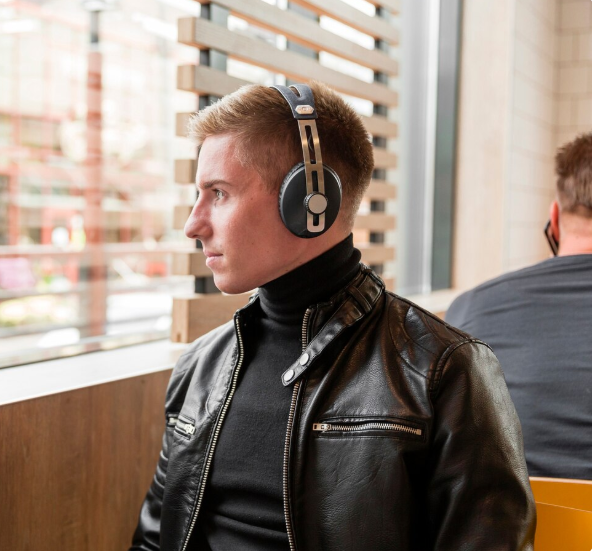
Like in so many jurisdictions, compliance-driven, box-ticking audiometric testing is the only hearing loss prevention program we have in Australia. Employers offer the bare minimum, and receive the bare minimum in return: test the worker, file the report, and then forget everything. This is no longer a sufficient model amid growing recognition of the need to prevent occupational noise exposure and its long-term effects on worker health, organizational productivity, and legal liability. There is no longer a need to view audiometric testing as an endpoint; instead, it can work as a marker along the pathway of a proactive noise risk management approach. And that approach starts with smarter, data-driven noise assessments. As Australia is poised to strengthen its workplace exposure enforcement and ESG (environment, social, and governance) disclosure requirements, let us revisit how audiometric testing should be reframed within the broader occupational health and safety narrative to incorporate the responsibilities and risks of proactive management of workplace noise, well beyond outdated reactive compliance models.
You can’t prevent noise exposure and its associated health problems with audiometric testing – it only detects them after the fact.
In sectors like manufacturing, construction, transport, and warehousing, companies often consider audiometric testing as a yearly or biannual routine, which is done blindly, and without relating outcomes to completed workplace noise evaluations. This creates along-standingmany problems:
No connection between hearing loss patterns and particular machinery or activities.
Inability to focus noise control spending based on risk
Shallow compliance without insight, which exposes companies to legal action, reputational harm, or both. The modern approach is to connect the dots – to use the feedback loop of audiometric testing to refine the ongoing noise assessments.
Real-Time Noise Assessment: The Missing Link
Safe Work Australia adheres to a permissible exposure threshold of 85 dB(A) over an 8 hour time-weighted average. Unfortunately, many organizations continue to depend on obsolete static noise surveys from years back. This leads to:
Inaccurate assessment of risk levels
Inaccurate determination of hearing protection
Inadequate protective training and controls for new or altered equipment
A change toward real-time or task-specific noise monitoring is required, especially in rapidly changing workplaces with daily exposure variation. Alongside longitudinal audiometric data trends, this enables OHS teams and consultants to:
Identify and monitor high-risk zones or tasks
Develop exposure heat maps
Evaluate engineering controls or PPE compliance and their usage effectiveness
Integration with worker noise exposure data enhances risk register accuracy and investment in demonstrated continuous improvement.
Constructing Predictive Models: The Potential Value of Hearing Data
What if you could anticipate which positions, departments, or locations were likely to show early signs of hearing loss? Using appropriate noise exposure data (safeguarded and compliant with privacy regulations), organizations could develop:
Age, role, and shift analyses to identify and project patterns within groups
Notification systems that identify when retests with chronic markers exceed threshold warnings
Comparative assessments between divisions with differing machinery and PPE
This is the intersection of data management with occupational health and safety: a transformative possibility that is not widely adopted by businesses in Australia. The integration of systems is the main hurdle: occupational noise exposure management systems, audiometric testing databases, and OHS frameworks should be operating in sync.
Compliance Alone is not The Goal
In Australia WHS regulations, there is a clear requirement for an employer to remove or reduce the hazard to a level that is reasonably practicable. There is compliance noise control by audiometric testing, and there is compliance by noise mitigation.
Many companies only apply hearing protection as a solution too quickly, forgetting there are better approaches, which are:
– isolating or substituting noisy work tasks.
– implementing engineering controls such as silencers or enclosures.
– and finally, considering hearing protection as supplementary support.
Hearing protection devices (HPDs) should not be the only solution to an employee’s hearing health and safety risks, and neither should your testing program be the only solution for tracking results.
NIHL: Understanding the What, Why, and How for Businesses
Noise- induced hearing loss (NIHL) often goes unspoken, but the enforcement for social responsibility measures and active workplace safety culture shifts risk management standards.
Hearing health should be treated with the same level of importance as physical safety, mental health, or diversity. Integrating the insights from audiometric testing into safety and ESG reports proves something beyond compliance; that the company truly cares about its holistic safety.
The company culture changes when audiometric testing shifts from a standalone measurement to a key component of proactive noise risk management strategy.
Final Thought: The Future Is Integrated
In Australia, audiometric testing has to be part of a closed-loop system within the following parameters:
– Perform baseline and periodic examinations
– Combine with actual noise exposure
– Incorporate trends into your risk register
– Make informed decisions based on insights, not assumptions
When companies go beyond compliance and adopt a more proactive approach to managing hearing loss, they stand to gain improved long-term hearing risk, enhanced workforce wellbeing, and a robust safety culture. Hearing loss is more than a data point—it is a harm that is fully preventable. Smarter assessment, not just testing, is the first step.